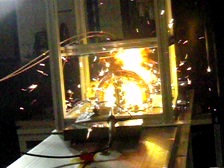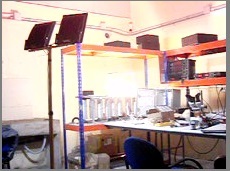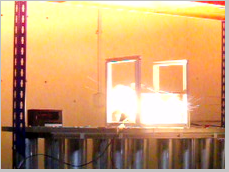
New magnetic sensors test

Pulstron Fusion reactors

This is the proposal: a high-pressure line, a low pressure and several electro valves. All can be used at the same sequence but there is a regulator to adjust liters/minute accordingly the patient weight

Tests number S3012-3015 were performed during this week in spite of the coronavirus

The new power supply is not enough stable and was retired. The second one does not give enough current and the 3rd blown 3 of the fuses, I have only one and can not buy more because of the quarantine.
Also, the main dc/dc suffered a short cut and died but that doesn’t matter because the entire arc-sensor where burn and the 4 expensive calibrated PT100 did not survive, but fortunately, they sent valuable information before dying. The short cut of the DC/DC was provoked because the recovered energy voltage was really very high and entered in short-circuit with the DC/DC and the power supply. That is very good notice, so the next tests will be centered on the arc sensor but must survive. The arc sensor can not be reinforced with more robust metal parts in the short term due to querantine restrictions.
New sensors are installed along a robust arc surrounding the target, the main idea is to measure output electromagnetic and optical/particle radiation energy.
In a first test, a high power electromagnetic bilayer plasma expansion was detected.
The optical energy output was very low as long as the copper layer covered the arc did not increase its temperature very much.
Unfortunately, the power supply suffered a short circuit during installation and the fuse was blown. The new power supply does not work and the third does not give enough current, so the test could not be repeated.
In another way, the Miranda reactor structure was finalized


During the 5th test campaign, the array of sensors finally survived the huge explosion generating megabits of data. We will have to automate the reading of them. Next week a second data acquisition equipment will allow us to capture data from another 4 sensors at 1 Giga sample/second, and we hope to install new sensors to measure generated power with or without thermonuclear fuel. In addition, we have received inert gas equipment to work with precision binocular to load fuel in the Argon atmosphere. Another inert gas equipment is manufacturing. Additionally, Miranda reactor components and alpha-particle shielding components have been commissioned. I barely have time to upload a small capture of the last essay but unfortunately is not a very good image to be taken with an old high-speed camera. We are also in negotiations with a German company interested in building targets serially. That could help us to achieve the pressure obtained in the Ivy Mike hydrogen bomb (but with a much lower fuel). In addition, the technological institute that works with us is analyzing the data from the previous tests but the coronavirus is working again that.
Another new is that the Pulsotron-3 was presented in Irin in the Go-Mobility congress in the middle of several coronavirus alerts.